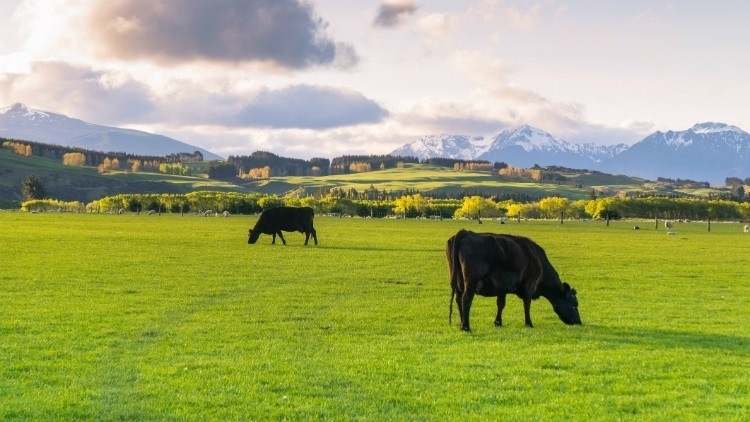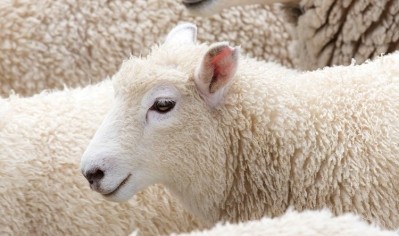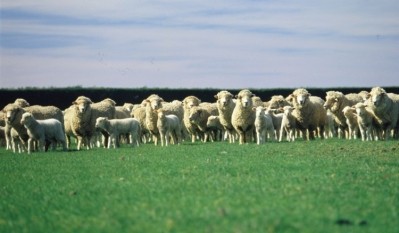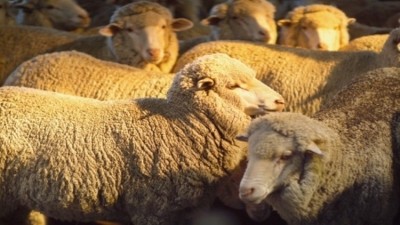Land conversion study shows negative economic impact

The survey, commissioned by Beef & Lamb New Zealand (B+LNZ), analysed the Wairoa region where 8,486 hectares of sheep and beef farmland has, or is in the process of being, converted to forestry.
The report, Social-economic impacts of large scale afforestation on rural communities in the Wairoa District, found that if all the sheep and beef farms in Wairoa were converted to forestry, the region would see a net loss of nearly 700 local jobs, the equivalent of one in five jobs, and $23.5m less spent in the local economy when compared to blanket forestry.
“This report illustrates the huge risks of unintended consequences from poorly designed policy and emissions targets, which will incentivise a high level of afforestation and result in a devastating impact on rural communities,” said B+LNZ’s chief insight officer Jeremy Baker.
“The current targets for methane are excessive given the science on what is needed to limit warming, while at the same time there is unfettered access to offsets for fossil fuel emitters in the Zero Carbon Bill, despite fossil fuel consumption having to actually decrease. The net result is that it’s a real possibility that many districts like Wairoa across the country could see all their sheep and beef farms converted into forestry with disastrous consequences for the local community.
“This is why B+LNZ is supporting science-based and sensible methane reduction targets and restrictions on the amount of carbon dioxide that can be offset by trees.”
This comes as the New Zealand Government put forward the Zero Carbon Bill which would create targets for carbon and methane emissions. The targets have already been criticised by the Meat Industry Association as being “excessive”.
Baker added that forestry doesn’t hold the same financial benefits as beef and sheep for a region. “Although forestry does provide some employment opportunities, these typically come in the final year of a pine plantation at harvest – usually the 30th year – and the nature of these jobs often sees them performed by crews who are based out of larger provincial centres rather than smaller rural towns. After the first harvest, the carbon value of the first is lost, leaving the residual economic contribution of that land at the mercy of international log prices,” he said.
“It is also worth noting that most of the benefit from incentives such as carbon credits go to the landowners rather than local communities, with forestry owners frequently not living in the rural communities where their plantations are, as opposed to sheep and beef farms which are typically family owned and have on average five people living on them.”











